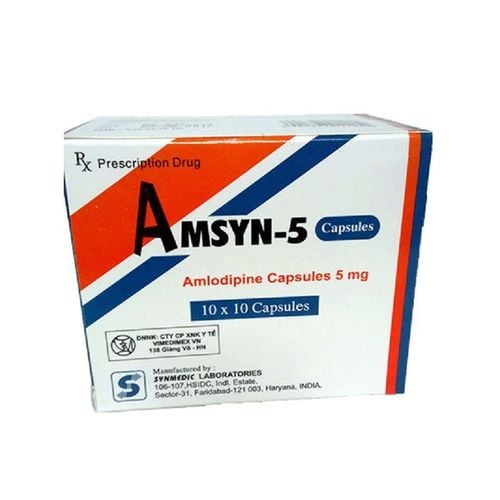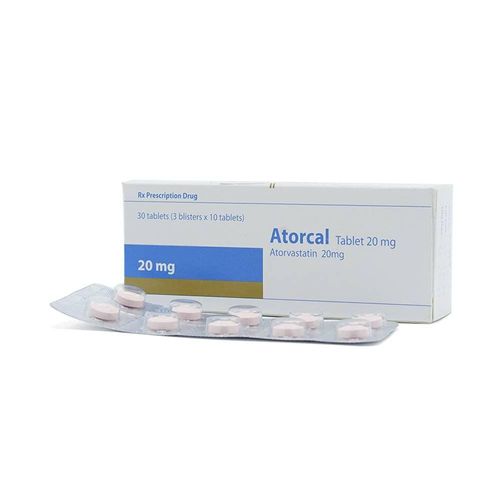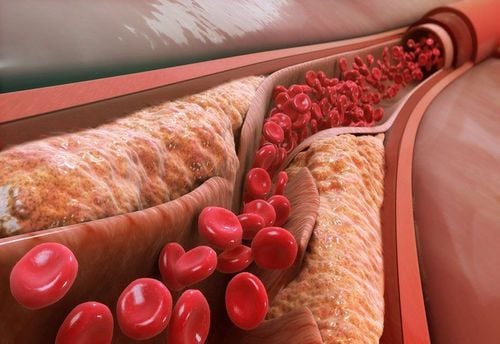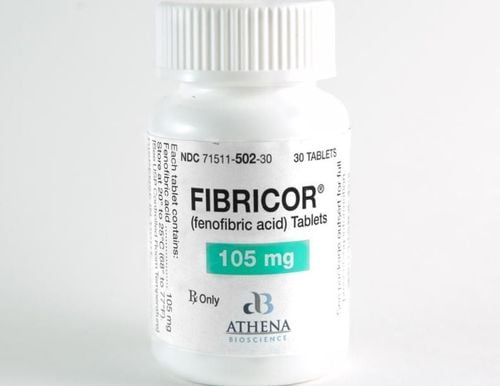This is an automatically translated article.
Simvafar is a drug for the treatment of primary hypercholesterolemia, prevention of cardiovascular complications, and stroke caused by dyslipidemia. So what are the uses of the drug and what should be paid attention to when using it?1. What is Simvafar?
Simvafar medicine contains the main ingredient is Simvastatin 10mg - belongs to the group of statin drugs that are used to reduce bad cholesterol in the blood. Simvastatin is an inhibitor of a reductase that catalyzes the conversion of HMG-CoA to mevalonate, which contributes to cholesterol synthesis. Simvafar reduces both normal and elevated LDL cholesterol levels. The drug is rapidly absorbed from the gastrointestinal tract, is extensively metabolized in the liver, and is approximately 95% bound to plasma proteins. The drug is then excreted in the feces, a small amount in the urine.2. Indications of the drug Simvafar
Simvafar is indicated in the following medical conditions:
Primary hypercholesterolemia. Patients with dyslipidemia types IIa and IIb. Familial hypercholesterolemia. Prevention and treatment of coronary heart disease, myocardial ischemia, stroke, myocardial infarction due to hypercholesterolemia. Reduces risk factors for atherosclerotic vascular disease. Patients with hypertriglyceridemia.
3. Contraindications of the drug Simvafar
Simvafar should not be used in the following medical conditions:
Allergy to Simvastatin or any other ingredient of the drug. Patients with progressive liver disease, unexplained elevations of liver enzymes. Pregnant and lactating women should not take Simvafar. Note when using Simvafar
Patients with a history of alcoholism, hepatobiliary disease should monitor liver function before and during treatment. Pregnant women when taking Simvafar can cause fetal malformations, miscarriages, teratogens. The drug can pass into breast milk, so the benefit should be considered when administered to a nursing woman. Grapefruit or grapefruit juice taken in large quantities can increase the side effects of the drug. Monitor lipid bilan parameters to initiate and adjust Simvafar dose. During drug treatment, it is necessary to keep a healthy diet, avoid alcohol, and exercise regularly.
4. Simvafar Drug Interactions
Strong hepatic CYP3A4 inhibitors when co-administered with Simvafar may affect the bioavailability of the drug. Anticoagulants, coumarin derivatives. Possible drug interactions when used with simvastatin drugs, including cardiovascular drugs: Cyclosporine, Danazol, Colchicine used in combination with Simvafar may increase the risk of myopathy. Co-administration of Simvafar with Digoxin may increase blood levels of Digoxin..
5. Dosage and usage
How to use:
Simvafar is prepared in the form of tablets, take the drug with a sufficient amount of water before or during meals. Dosage:
Adults with simple hypercholesterolemia: Initial dose of 5 - 10 mg/day. After 4 weeks, check again and adjust the dose about 5-40 mg/day. Patients with coronary artery disease: Initial dose 20mg/day, maximum dose 40mg/day. After 4 weeks recheck and adjust dose. Use of the drug must be combined with a reasonable diet, regular exercise.
6. Side effects of the drug Simvafar
Some unwanted effects may occur when taking Simvafar:
Distention, heartburn, flatulence, constipation, diarrhea. Taste disorder. Muscle pain, muscle weakness. Sudden weight loss. Increased liver enzymes, yellow skin and eyes, dark urine. Anaphylactic reactions, itching, rash. Thus, Simvafar belongs to the group of statin drugs to treat hypercholesterolemia. The drug is easy to use, gives high treatment efficiency, but can also encounter some dangerous side effects. Therefore, Simvafar should be prescribed and monitored by a specialist.
Please dial HOTLINE for more information or register for an appointment HERE. Download MyVinmec app to make appointments faster and to manage your bookings easily.













